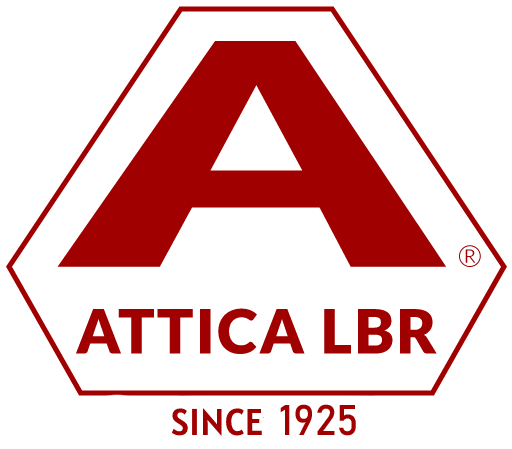29 Gauge Metal in Pole Barn Construction – IRS Tax Guides for Write Off and Energy Credits
By Jenny Moses
29 gauge metal panels are available in several different rib designs, each offering unique benefits and aesthetic qualities. Here are some of the most common rib designs and technical specifications for 29-gauge metal panels:

Imperial Rib: The symmetrical and evenly spaced ribs of the Imperial Rib create a sleek and modern appearance that is popular in a wide range of agricultural, commercial, and residential applications. This ribbed design offers strength and durability and is often used in pole barns, sheds, and other structures that require a clean and uniform look.
R-Panel: The raised ribs of the R-Panel design offer added strength and durability, making it a popular choice for commercial and industrial applications. The R-Panel is a highly versatile rib design that can be used for roofing, siding, and even interior wall applications.
PBR Panel: The more prominent ribs of the PBR Panel design provide added strength and durability, making it an excellent choice for buildings that are located in high-wind areas or that require extra protection from the elements. The PBR Panel is often used in commercial and industrial applications but can also be a great choice for residential roofing and siding.
5V-Crimp: The distinctive V-shaped ribs of the 5V-Crimp design create a visually striking pattern that is often used in residential roofing applications. The 5V-Crimp is a highly durable rib design that offers excellent water-shedding capabilities and can be used for both roofing and siding applications.
Corrugated: The alternating ridges and valleys of the Corrugated design create a classic wavy pattern that is often associated with traditional barns and farmhouses. Corrugated metal panels offer excellent durability and weather resistance, making them popular for roofing and siding applications in residential and commercial settings.
Technical specs Imperial Rib:
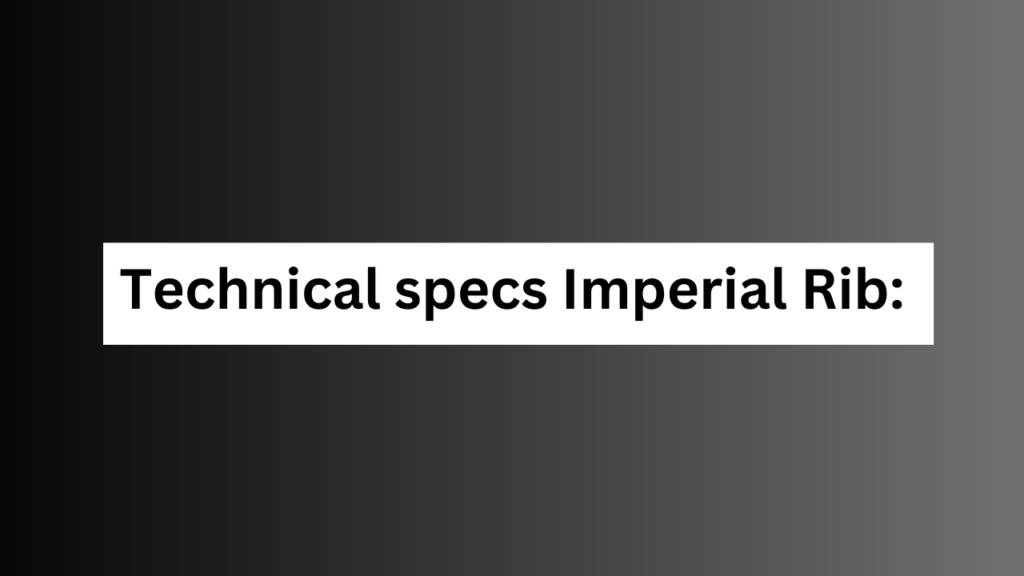
Gauge: 29
Panel width: 36 inches
Rib height: 7/8 inch
Rib spacing: 9 inches on center
Panel coverage: 36 inches
Minimum slope: 1:12
Substrate: AZ50 Galvalume® coated steel
Coating: Siliconized Polyester
Coating thickness: Top: 0.82 mils; Bottom: 0.69 miles
Tensile strength: 80,000 psi
Yield strength: 80,000 psi
Minimum yield strength after forming: 40,000 psi
It is worth noting that these technical specs may vary depending on the manufacturer and supplier of the Imperial Rib metal.
Technical specifications on R Panel metal:
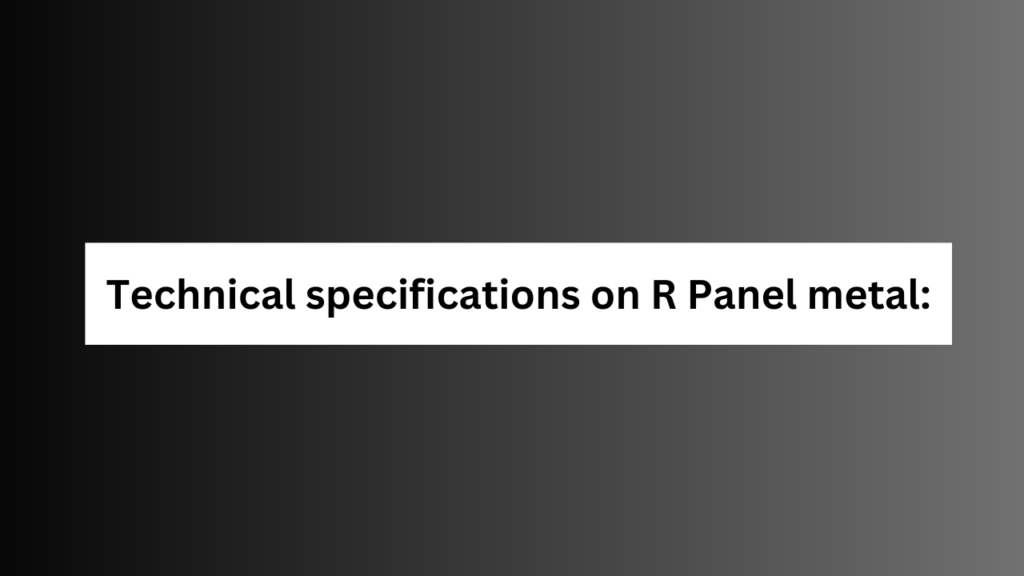
Gauge: 26 or 29
Panel width: 36 inches
Rib height: 1-1/4 inch
Rib spacing: 12 inches on center
Panel coverage: 36 inches
Minimum slope: 1:12
Substrate: Galvalume® coated steel or Galvanized coated steel
Coating: Siliconized Polyester or Kynar
Coating thickness: Top: 0.82 mils (Siliconized Polyester) or 0.70 mils (Kynar); Bottom: 0.69 mils (Siliconized Polyester) or 0.70 mils (Kynar)
Tensile strength: 80,000 psi (Galvalume®) or 50,000 psi (Galvanized)
Yield strength: 80,000 psi (Galvalume®) or 50,000 psi (Galvanized)
It is important to note that the technical specifications may vary depending on the manufacturer and supplier of the R Panel metal.
Technical specifications PBR Panels
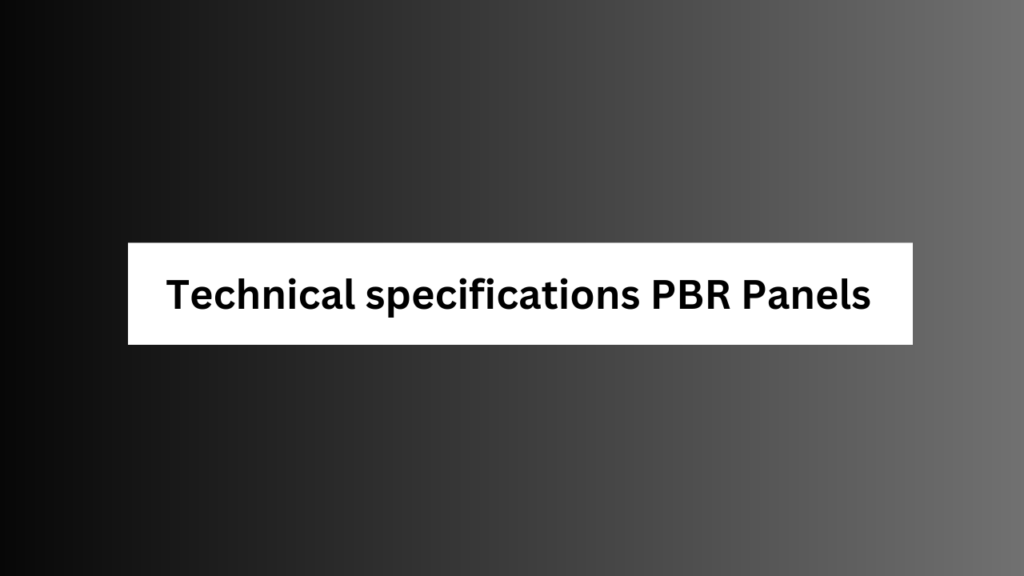
- PBR panels are a type of metal roofing panel commonly used in commercial and industrial buildings.
- They are made from 26 gauge or 24 gauge galvanized steel, with a minimum yield strength of 80,000 psi.
- PBR panels have a rib height of 1 1/4 inches and a panel width of 36 inches.
- The panels can be ordered in custom lengths, typically ranging from 8 feet to 40 feet.
- The panels feature a 40-year paint warranty, with a variety of color options available.
- PBR panels are designed to be installed over purlins or decking and can be used with open or closed framing systems.
- The panels have a UL 790 Class A fire resistance rating, making them suitable for use in areas with high fire risk.
- PBR panels have a wind uplift rating of 110 mph, making them suitable for use in areas with high wind speeds.
- The panels can be installed using concealed or exposed fasteners, with both options providing a secure and durable installation.
- PBR panels are easy to maintain and require little to no maintenance over their lifespan.
Overall, PBR panels are a durable and versatile option for metal roofing in commercial and industrial applications. With their high strength and resistance to fire and wind, they offer reliable protection for buildings in a variety of environments.
Technical Specifications of 5V Crimp
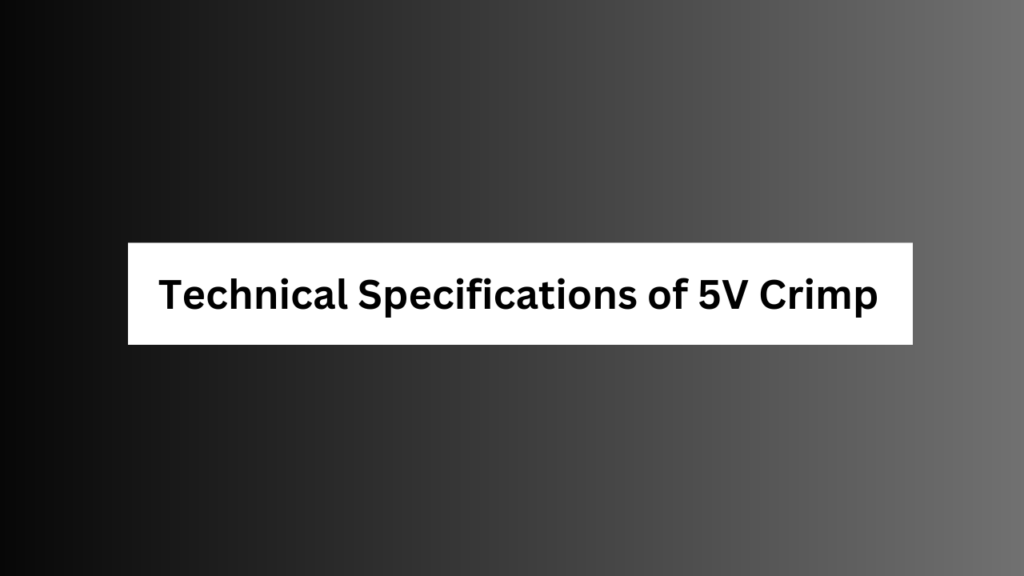
5V Crimp metal panels are a popular roofing and siding option for agricultural, commercial, and residential applications. Here are some technical specifications of 5V Crimp metal panels:
Gauge: 26, 24, or 22 (depending on the manufacturer)
Rib height: 1/2 inch
Rib spacing: 12 inches on center
Panel width: 24 inches
Panel coverage: 21.33 inches
Panel length: Custom cut to size, typically up to 30 feet
Material: Galvanized steel, Galvalume steel, or aluminum
Finish options: Painted, unpainted, or coated with a metallic finish
Minimum roof slope: 3:12
Wind uplift rating: Class 90 (depending on the manufacturer)
Fire rating: Class A, B, or C (depending on the manufacturer)
Energy efficiency: 5V Crimp panels can be installed with insulation to provide thermal performance and reduce energy costs.
Durability: 5V Crimp panels are resistant to impact, hail, and wind damage. They also have a long lifespan and require minimal maintenance.
Installation: 5V Crimp panels can be installed with exposed or hidden fasteners, depending on the manufacturer’s specifications. The panels are typically installed over solid decking or purlins spaced at 24 inches on the center.
Applications: 5V Crimp panels can be used for roofing and siding on a variety of structures, including residential homes, barns, sheds, and commercial buildings.
Overall, 5V Crimp metal panels are a durable and versatile roofing and siding option for a variety of applications. They offer excellent weather resistance, energy efficiency, and a variety of finish options to suit any design aesthetic.
Corrugated Metal
Gauge: Corrugated metal is available in a variety of gauges, typically ranging from 26 to 18. The lower the gauge number, the thicker and more durable the metal.
Material: Corrugated metal can be made from a variety of materials, including galvanized steel, aluminum, and stainless steel. The choice of material will depend on the application and the desired look.
Corrugation profile: The corrugation profile is the shape and size of the waves in the metal. This affects the strength and durability of the metal, as well as its appearance.
Coverage area: The coverage area is the amount of space that each sheet of corrugated metal covers. This can vary depending on the width and length of the sheet.
Finish: Corrugated metal can be finished in various ways, including painted, unpainted, or coated with a protective layer. This affects the appearance and durability of the metal.
Panel width: The width of corrugated metal panels can vary, typically ranging from 24 to 48 inches.
Panel length: The length of corrugated metal panels can also vary, typically ranging from 6 to 20 feet.
Rib spacing: The spacing between the ribs in a corrugated metal can vary, typically ranging from 1.25 to 3 inches. This affects the strength and durability of the metal.
Load capacity: The load capacity of corrugated metal panels will depend on the gauge, material, and corrugation profile. It is important to consult with a structural engineer to determine the appropriate load capacity for your application.
Installation: Corrugated metal panels can be installed using a variety of methods, including screws, nails, or clips. It is important to follow the manufacturer’s instructions for installation to ensure a secure and durable installation.
When selecting a ribbed design for your 29 gauge metal panels, it’s important to consider your specific needs and preferences. Your chosen rib design will impact the appearance, durability, and performance of your metal panels, so be sure to consult with a metal panel supplier or contractor to determine which design will work best for your particular application.
Metal Roofing Energy Credits (IRS) http://its (IRS) https://www.irs.gov/pub/irs-pdf/f5695.pdf
Metal Roofing Energy Star Credits for Homeowners https://www.energystar.gov/about/federal_tax_credits/non_business_energy_property_tax_credits
Metal Roofing Energy Star Credits Federal Tax Credits https://www.energystar.gov/about/federal_tax_credits
Metal Roofing Tax Writeoff (IRS) https://www.irs.gov/pub/irs-pdf/i5695.pdf
29 gauge metal on pole barns https://www.garagejournal.com/forum/threads/should-i-go-with-29-or-26-gauge-metal.269624/
29 gauge metal on pole barns https://www.quora.com/Can-you-walk-on-a-metal-roof-without-damaging-it
29 gauge metal on pole barns https://www.quora.com/Can-people-walk-on-a-29-gauge-metal-roof
Textured pole barn metal on Tik Tok https://www.tiktok.com/t/ZTRTwYev7/
